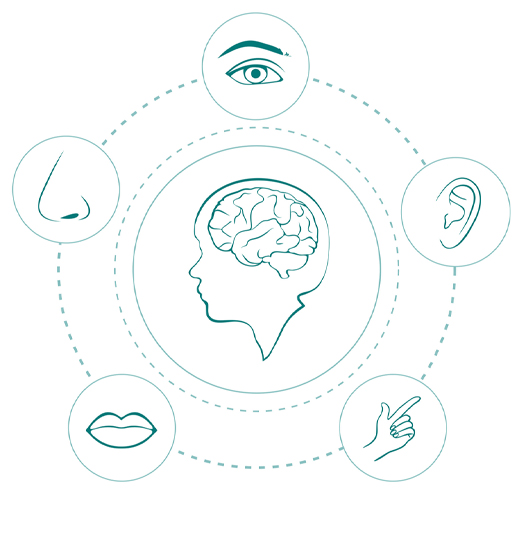1 Defining leadership practice
A leadership practice can be defined as any practice that offers direction to a group or organisation (Crevani, 2015; Crevani and Endrissat, 2016). We draw particular attention to three dimensions of practice of value to your development and learning: processes, spaces and technologies. Each will be explored in turn this week and each are things that make leadership happen in practice (Carroll, 2016; Carroll et al., 2008).
In distinction to ordinary practices within organisations we can say that leadership practices are particularly, or even intrinsically aesthetic ones (Carroll and Smolović Jones, 2018). This is because they reach beyond the more mundane and routine aspects of organising. Aesthetics concerns how we interpret and appreciate the beautiful in life, through our senses. Note there are two parts to this definition. The first concerns the object – the poem, the flower, the lake, the cinematography of a film. Aesthetics assumes that we appreciate these things as beautiful (or not). The second part of the definition concerns us, as spectators, readers, appreciators, critics or simply consumers of aesthetic things.
To take this further, aesthetics assumes that when we interpret and engage with aesthetic objects, that we do so through our senses. We go beyond the purely rational, in other words, and start to interpret and engage with the world around us through touch, smell, sight, taste and sound: we feel the world around us rather than calculate it. Calculation implies rationality, of weighing the benefits and drawbacks of a decision or engagement based on the gathering and analysis of evidence. The aesthetic is more about how our senses are moved by an object or engagement:
The practice of leadership aesthetics is therefore about how people generate a direction through engaging in ways that stimulate the senses.
The distinction between viewing leadership as practice and viewing leadership as a person who generates a practice is subtle but important. Leadership as practice does not ask what kind of person you need to be in order to be a leader; rather, it asks about the things we need to do in order to feed and feel a practice of leadership.
Having outlined what is meant by practice and the aesthetics of practice, you will now go on to consider the first dimension of practice of relevance to leadership, that of processes of leadership. Focusing on processes of leadership is important because it means that you pay attention to what actually happens between people.

